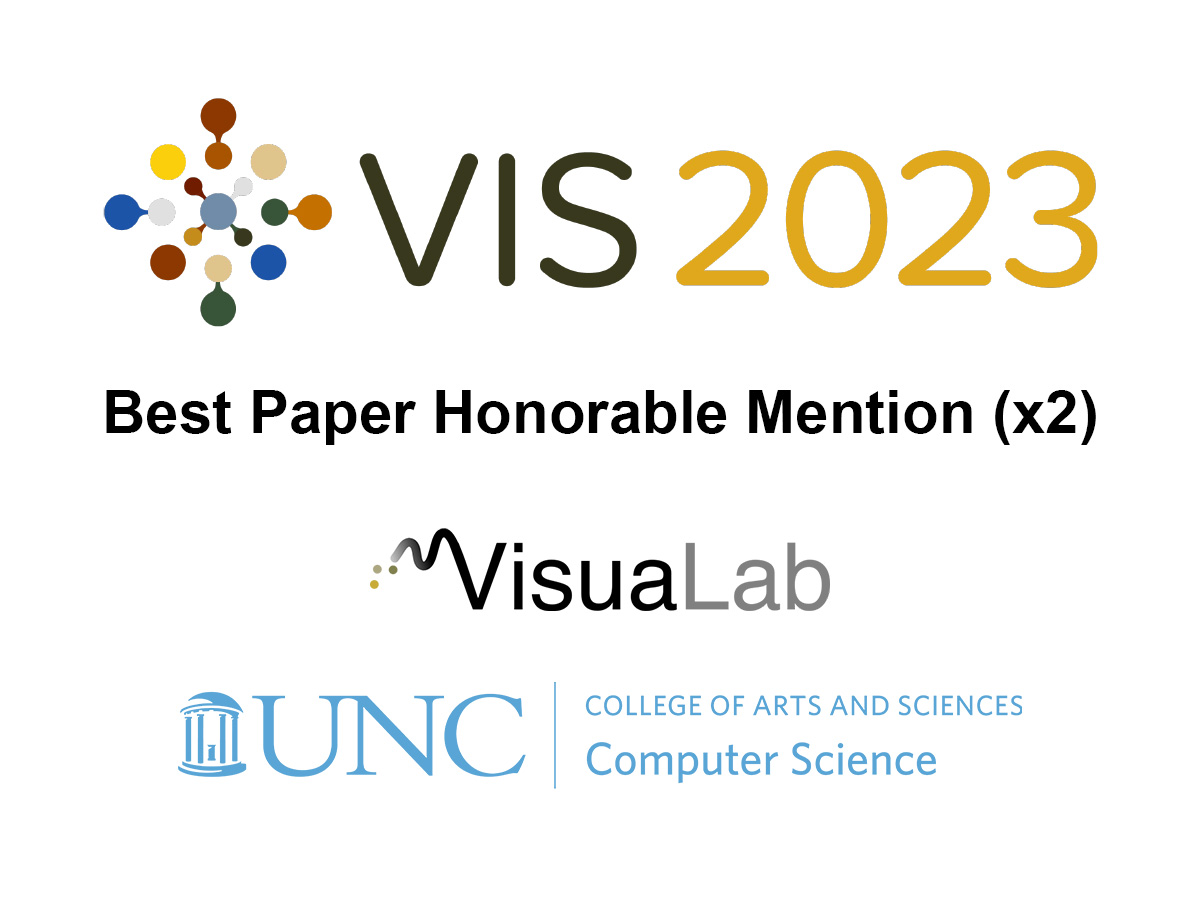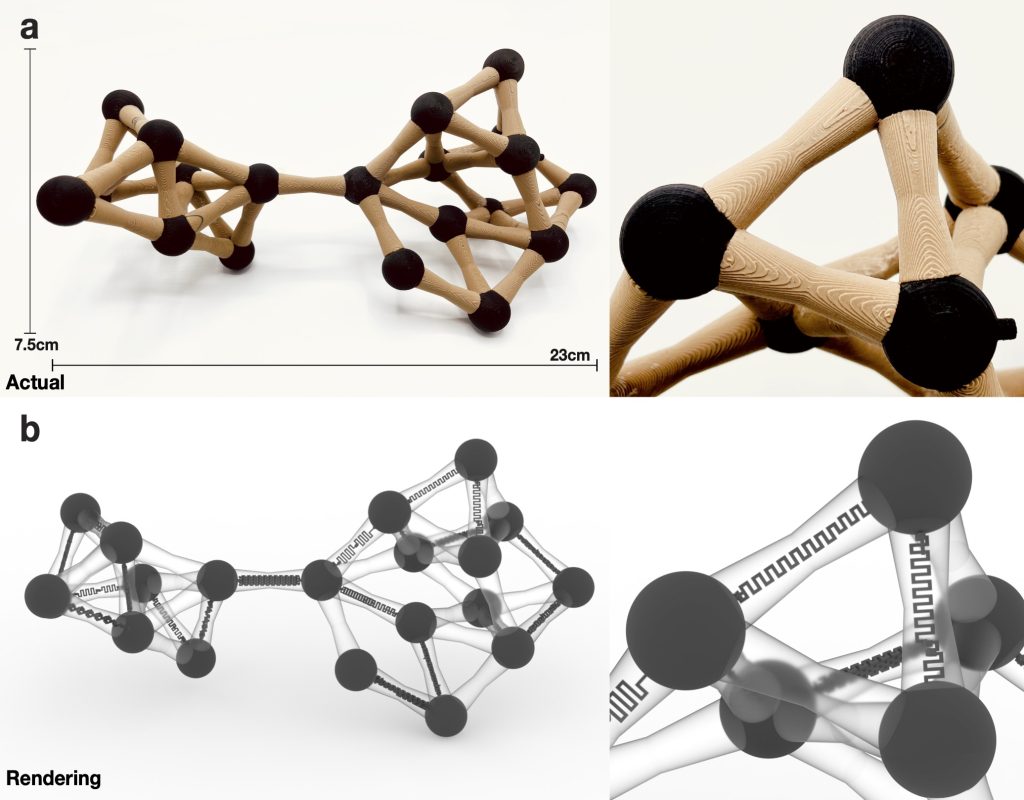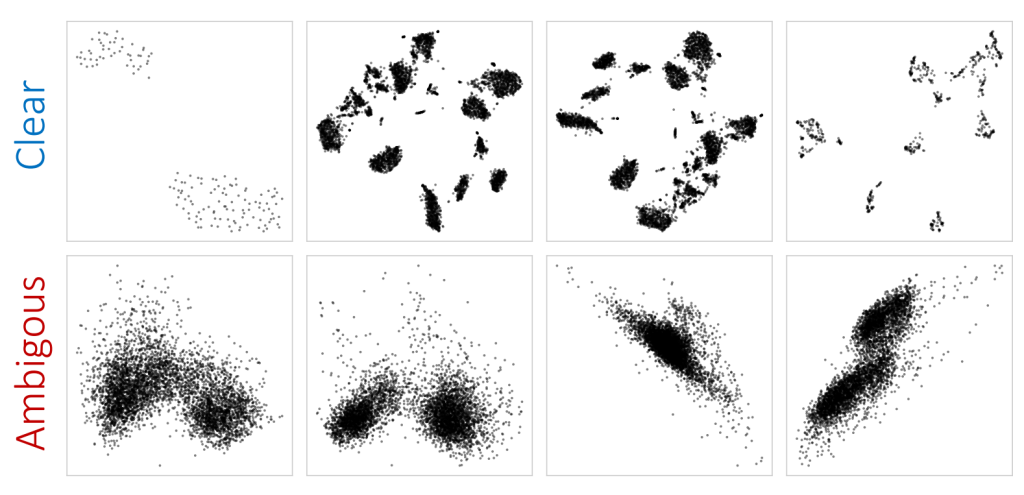
August 31, 2023

Members of UNC Computer Science’s VisuaLab received two Best Paper Honorable Mention awards from the 2023 IEEE Visualization Conference (VIS). The group also had a third paper accepted to the conference.
The VisuaLab, led by Assistant Professor Danielle Szafir, undertakes research at the intersection of data science, visual cognition, and computer graphics, examining how visualization design enhances understanding and engagement with data. It was founded while Szafir was a faculty member at the University of Colorado Boulder, and it includes personnel at both UNC-Chapel Hill and CU Boulder.
IEEE VIS papers recognized with an honorable mention award are those determined to be in the top 5 percent of all papers submitted to the conference in a given year. IEEE VIS is the top conference in the world for visualization research and one of the top conferences for computer graphics.
The first paper, “A Computational Design Pipeline to Fabricate Sensing Network Physicalizations,” was authored by Sandra Bae, a doctoral student advised by Szafir at CU Boulder. The paper introduced a design pipeline to 3D print physical representations of networks with embedded conductive traces enabling touch interactivity via capacitive sensing and computational inference.
The second paper, “CLAMS: A Cluster Ambiguity Measure for Estimating Perceptual Variability in Visual Clustering,” featured Ghulam Jilani Quadri as a co-first author. Quadri works as a CI Fellow Postdoctoral Research Associate with the VisuaLab at UNC-Chapel Hill. The paper deals with variability in the way that visual clustering is perceived and the difficulty in systematically assessing this ambiguity. The researchers developed CLAMS, a data-driven measure for predicting the cluster ambiguity of a visualization.

VisuaLab Papers at IEEE VIS
Best Paper Honorable Mention: “A Computational Design Pipeline to Fabricate Sensing Network Physicalizations”
S. Sandra Bae (CU Boulder), Takanori Fujiwara (Linköping University), Anders Ynnerman (Linköping University), Ellen Yi-Luen Do (CU Boulder), Michael L. Rivera (CU Boulder), Danielle Albers Szafir (UNC-Chapel Hill)
Best Paper Honorable Mention: “CLAMS: A Cluster Ambiguity Measure for Estimating Perceptual Variability in Visual Clustering”
Hyeon Jeon* (Seoul National University), Ghulam Jilani Quadri* (UNC-Chapel Hill), Hyunwook Lee (Ulsan National Institute of Science and Technology), Paul Rosen (University of Utah), Danielle Albers Szafir (UNC-Chapel Hill), Jinwook Seo (Seoul National University)
*equal contribution
“Effects of data distribution and granularity on color semantics for colormap data visualizations”
Clementine Zimnicki (University of Wisconsin-Madison), Chin Tseng (UNC-Chapel Hill), Danielle Albers Szafir (UNC-Chapel Hill), Karen Schloss (University of Wisconsin-Madison)
